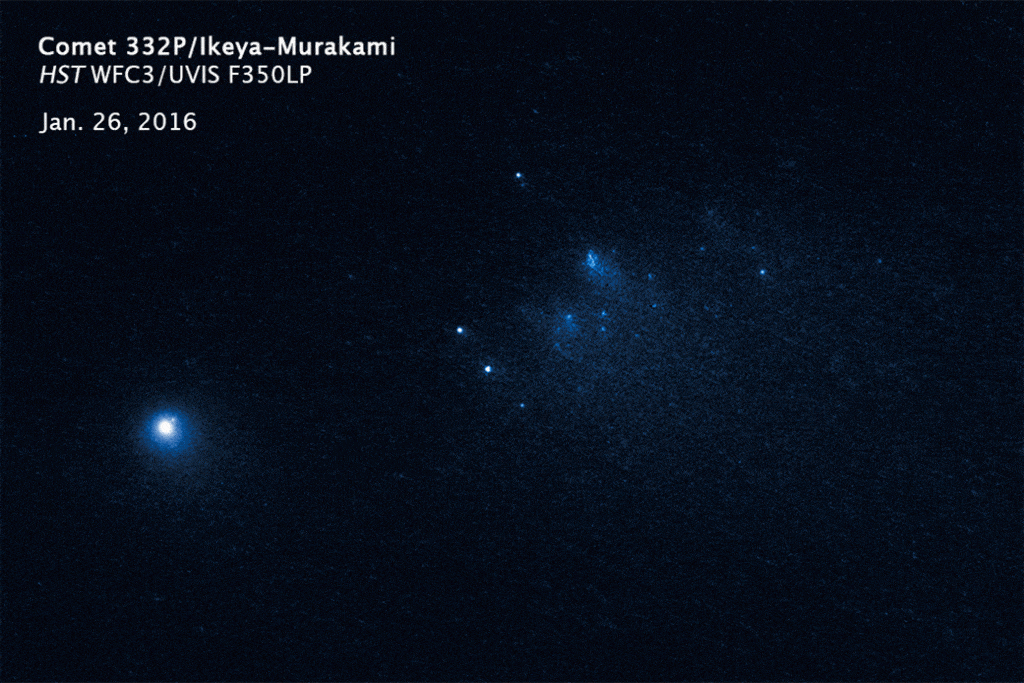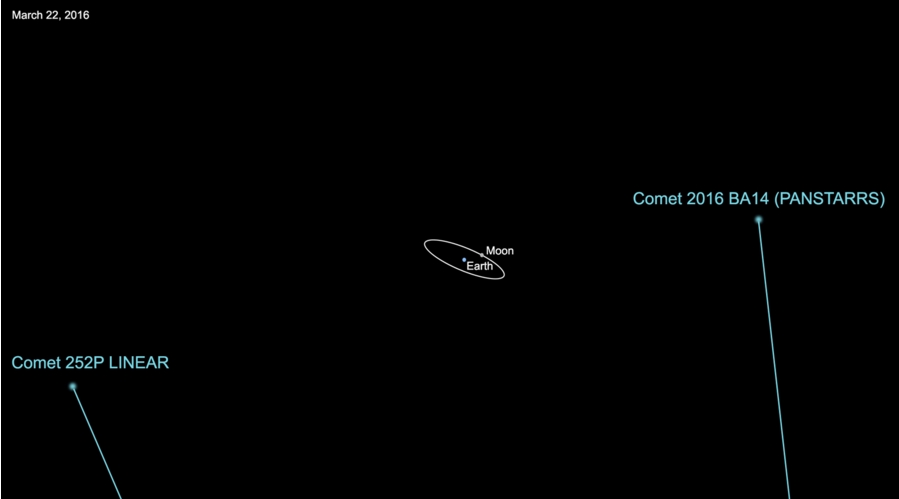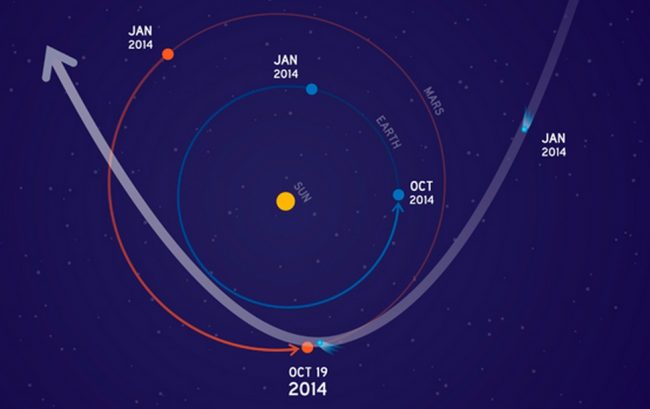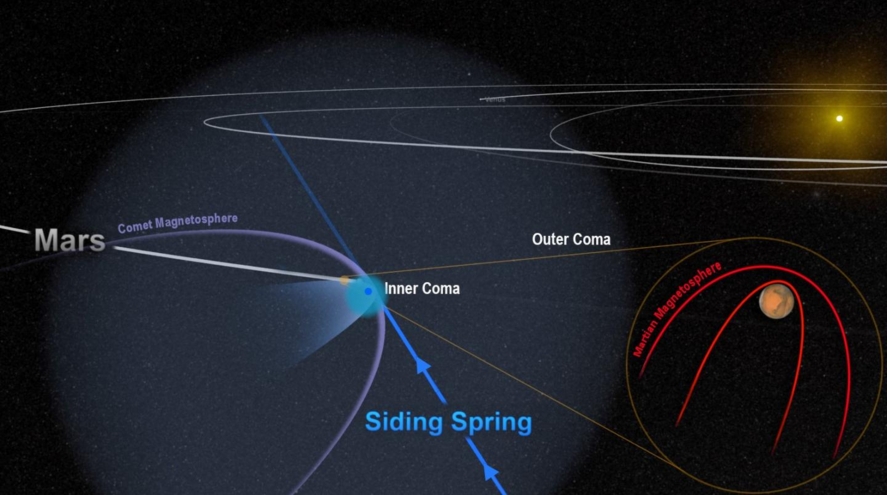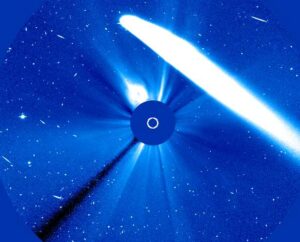
The University of Alaska Fairbanks invites the public to view a celestial visitor that hasn’t traveled near Earth in at least 80,000 years.
Comet Tsuchinshan-ATLAS, pronounced Choo-cheen-SHAHN-ATLAS, was discovered in January 2023 by the Purple Mountain Observatory in China. The comet could have its best viewing for Alaskans throughout next week — weather permitting.
Space physicists from the UAF Geophysical Institute and UAF College of Natural Science and Mathematics will set up high-power Celestron telescopes for public use at the Butrovich Building on campus. Viewing will begin after sunset on a day to be determined based on sky conditions.
The event will last approximately one hour. Minors must be accompanied by an adult. Geophysical Institute staff will help direct parking. Contact uaf-gi-public-info@alaska.edu with questions.
Check the Geophysical Institute Facebook page daily in the late afternoon or evening starting Saturday, Oct. 12, for updates. A notice will be posted the day before the event is to occur.
“The comet is behaving exactly as predicted,” UAF space physics professor Mark Conde said. “It looks fantastic.”
“We want that sweet spot where the comet will be far enough above the horizon and the sky will be dark enough after sunset to see it and when it hasn’t yet faded,” he said.
Comet Tsuchinshan-ATLAS, in a clear sky, will be visible to the unaided eye. It will become most visible not long after sunset.
For Fairbanks viewers, the comet will be low on the southwest horizon, at an elevation of about 11 degrees, at 7:30 p.m. Monday with the sun in nautical twilight about 7 degrees below the horizon. The comet will set by 9:30 p.m.
By Friday, Oct. 18, Fairbanks viewers can find the comet, still in the southwest, at an elevation of 19 degrees at about 7:15 p.m. with the sun again in nautical twilight about 7 degrees below the horizon. The comet will set at about 10:30 p.m.
Tsuchinshan-ATLAS will reach its closest point to Earth on Saturday, Oct. 19. It made its closest approach to the sun on Sept. 27.
The comet earlier this week reached magnitude -4.0, one and a half times greater than anticipated. Venus, often referred to as the “morning star” or “evening star” due to its brightness, has a magnitude ranging from about -3.8 to -4.6.
The scale is inverted, meaning brighter objects have lower — or more negative — magnitudes and fainter objects have higher — or more positive — magnitudes. The scale is also logarithmic, meaning that a magnitude 1 star is about 2.5 times brighter than a magnitude 2 star and about 100 times brighter than a magnitude 6 star.
“With Venus, all of that light is concentrated to a small point,” Conde said. “With the comet, the total amount of light is a similar magnitude but is a little diffuse.”
Conde said binoculars will work well for those unable to attend the potential university event.
“Binoculars are a great choice if you want to see more of the tail,” said Conde, who teaches about comets as part of undergraduate- and graduate-level lessons. “Telescopes are great for getting a good look at the head of the comet because the field of view is much smaller.”
Conde suggests people find as dark a viewing location as possible, preferably somewhere elevated above any ground haze.
“And then just let your eyes settle down,” he said. “I would not be surprised if you could see the tail extending over more than 10 degrees of the sky.”
Tsuchinshan-ATLAS is a long-period comet, meaning it has an orbital period longer than 200 years. These comets typically originate from the Oort Cloud, a distant spherical region surrounding the solar system.
[content id=”79272″]

